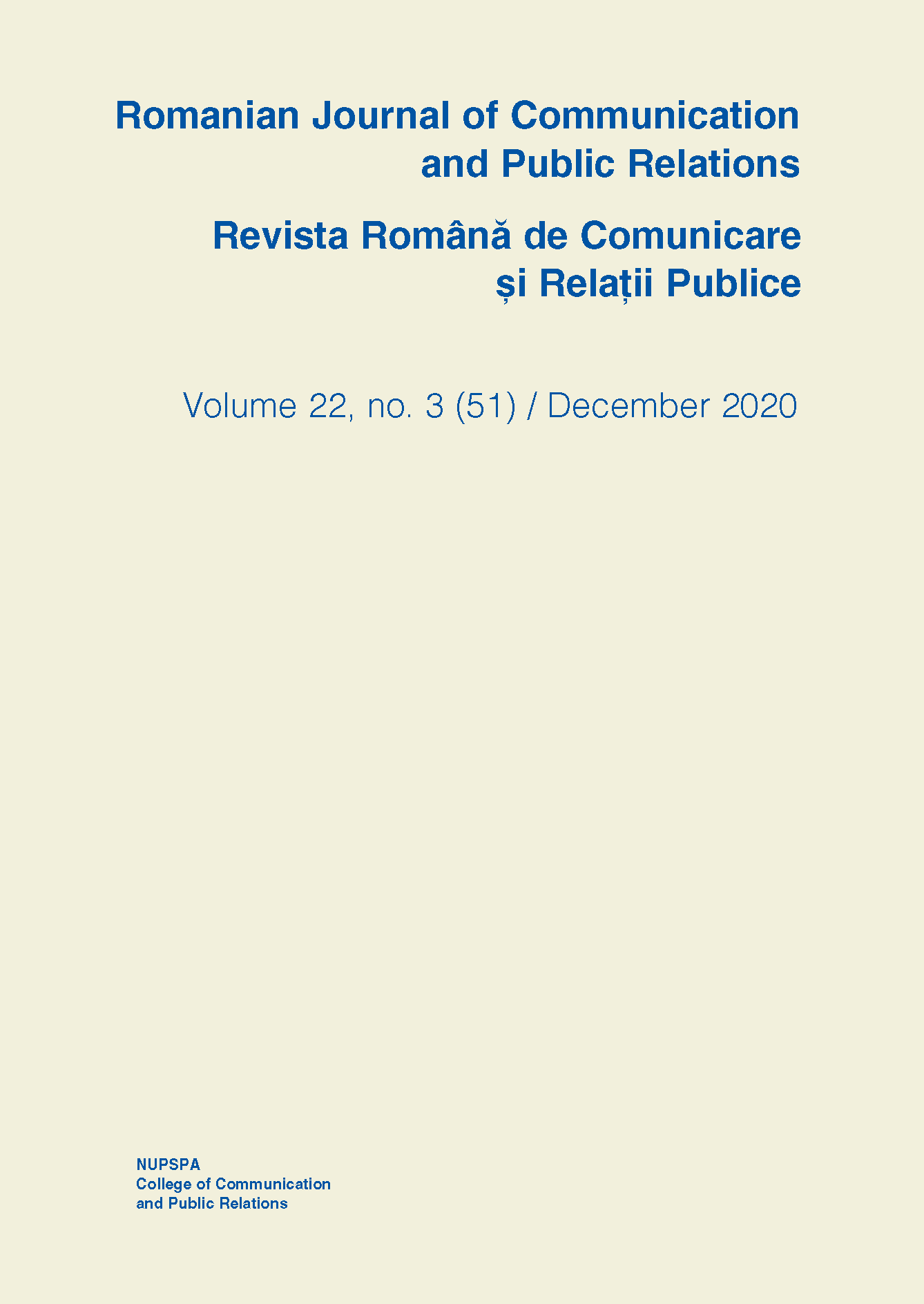Anime as Japanese Intercultural Communication: A Study of the Weeaboo Community of Indonesian Generation Z and Y
Anime as Japanese Intercultural Communication: A Study of the Weeaboo Community of Indonesian Generation Z and Y
Author(s): Debra Hidayat, Z. HidayatSubject(s): Anthropology, Communication studies
Published by: Editura Comunicare.ro
Keywords: Gen Z; millennials; weeaboo; Japanese anime; acculturation; identity of community; intercultural communication;
Summary/Abstract: Acculturation today does not only occur due to direct physical interaction between two different cultural groups, but rather, it is due more to online interaction. Cultural interaction also raises the imitation of the visual aspects of popular commodities, such as films being cultural products. This study aims to explore subcultures and identity communication built and maintained in the weeaboo fandom community outside of Japan. It also analyzes the daily experiences of individuals in interacting within the community and outside of it. This study uses a qualitative phenomenological approach through detailed observation, in-depth interviews, and analysis of community interactions on social media. Because weeaboo’s scope is anime fans in various countries other than Japan, the sources and participants of this study were drawn mainly from Indonesia. The results showed that the weeaboo subculture arose between millennials and generation Z anime lovers. These cohorts began to recognize anime and form communities from childhood with those with the same habits, so similar characters and preferences emerge. Acculturation occurs in contiguity between two primary cultures where a new culture is born. In the context of anime, there is acculturation between Japanese culture (home culture) with the culture of a different country, as anime fans in the community do their routines and habits differently from the anime home country (Japan) in the host country (outside Japan). This study found that the weeaboo subculture of Indonesian Generation Z and Y is shaped by acculturation in intercultural communication such as in language, expressions, fashion, accessories, make-up, hairstyle, cuisine, group attitudes, values, and natural and cultural preferences of Japanese destinations. Based on the findings, further research can continue to analyze other aspects that are affected by the weeaboo community, such as international relations, economic aspects, and the Japanese tourism industry.
Journal: Revista Română de Comunicare şi Relaţii Publice
- Issue Year: 22/2020
- Issue No: 3
- Page Range: 85-103
- Page Count: 19
- Language: English

